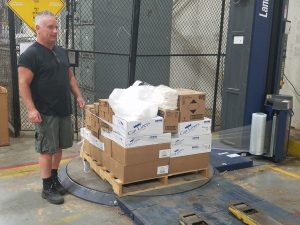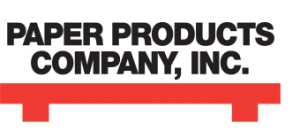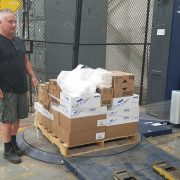Industrial Packaging 101: What is the Difference between Shrink Wrap and Stretch Film
Both phrases typically describe the same thing – plastic wrap used to contain pallet loads for safe shipping, also known as pallet wrap.
The phrase stretch film is a more apt descriptor, since pallet wrap stretches, not shrinks; and is the term universally accepted in the industry, including the manufacturers of the film. The shrink wrap moniker is a bad nickname from a bygone era – kind of like Meat Head or Opie.
Film for wrapping pallet loads is engineered to stretch out as it is applied to the load. Further, the film has elasticity – also called memory – built in, much like a rubber band. This tendency to return to form serves to squeeze the load or contain it with inward-facing force.
So, the film isn’t actually shrinking. In fact, the term shrink wrap further confuses the situation because there is actually quite a lot of shrinkable film used in packaging – but they are rarely used for pallet containment. Shrink film is another subject for another blog. As far as stretch film goes, there are about a gazillion varieties. Some films are designed to be applied by hand, and some by machine.

Machine Film typically comes in 20″ or 30″ widths. Its made to be stretched mechanically out to high levels.
When considering what stretch film is best for your pallet loads, keep in mind the following …
- Containing pallet loads for overland shipping is important. When a load topples or otherwise fails, the related costs can be enormous.
- When used properly, stretch film is inexpensive – don’t skimp. Most loads can be very securely wrapped for a material price of well less than $1.50.
- Heavier loads require greater containment forces – this can be achieved using heavier films or more wraps of lighter films OR through machine adjustments when using a modern stretch wrapper.
- Pallet loads most commonly fail because the load shifts off of the pallet. Stretch film can be effectively applied to mitigate this risk greatly. Use stretch film to lock the load to the pallet.
- Modern pallet wrapping MACHINERY can provide a much more effective, efficient and safe means to contain loads for shipping.
If you need help sorting this out, let us know. It’s what we do!





